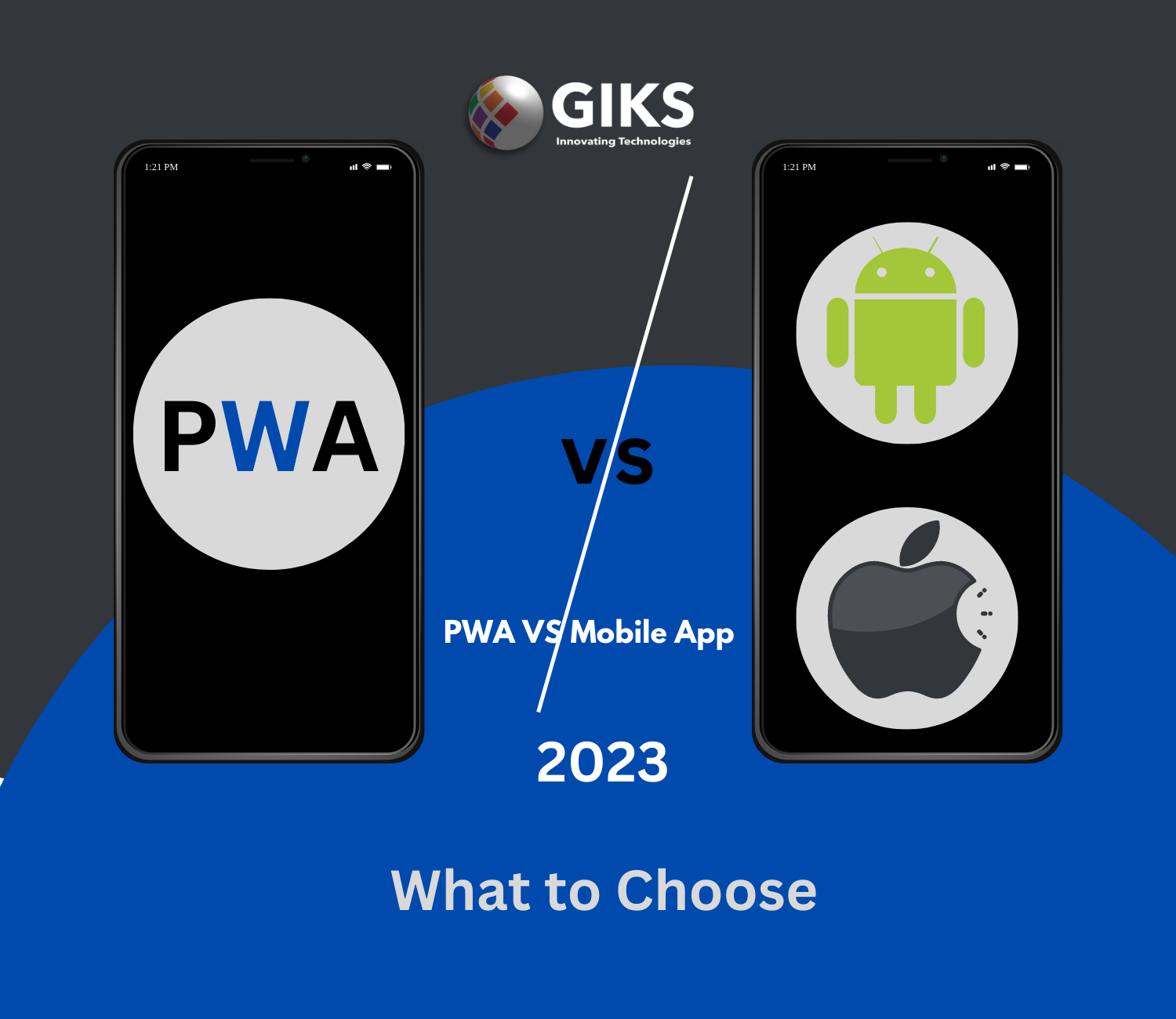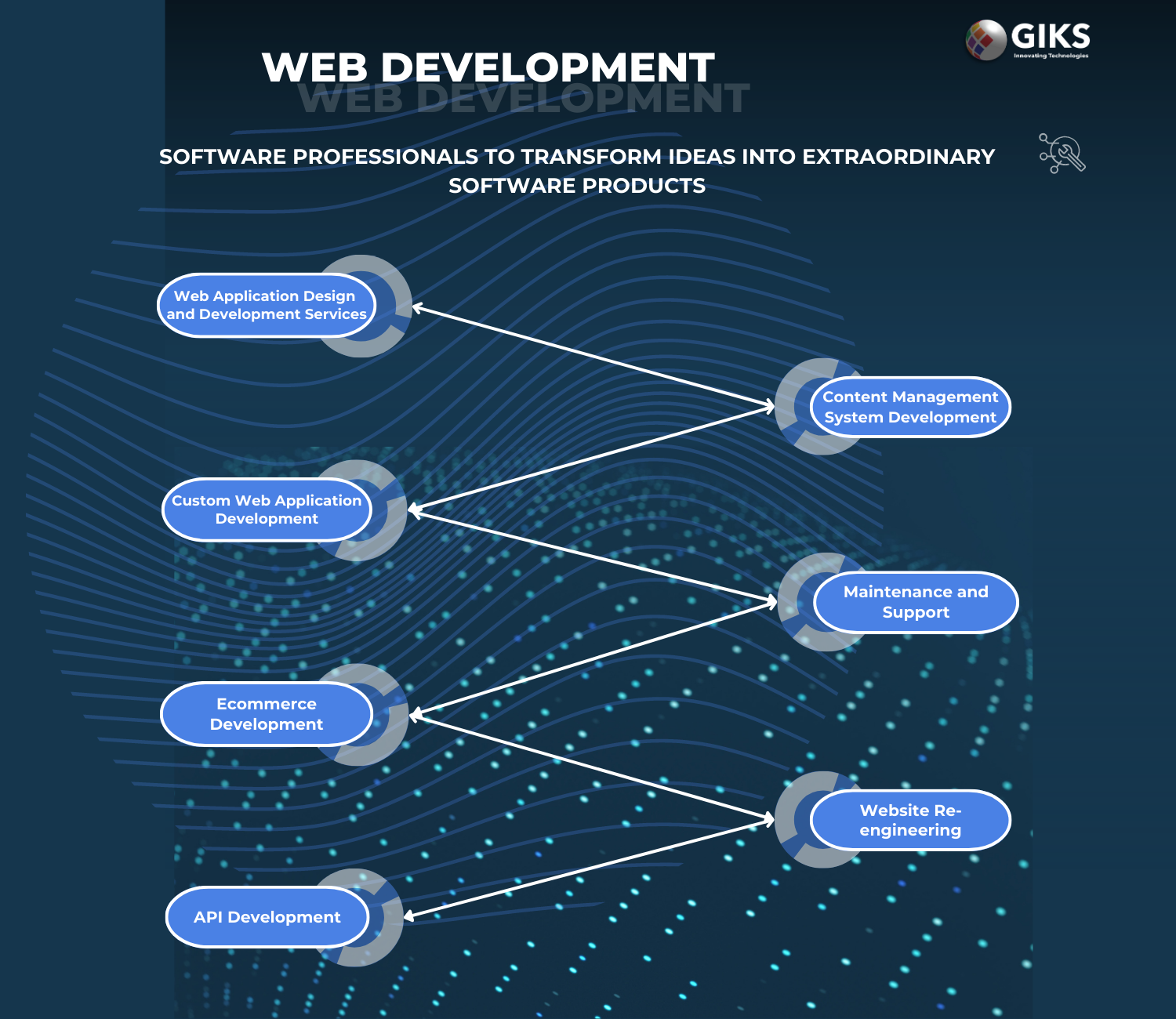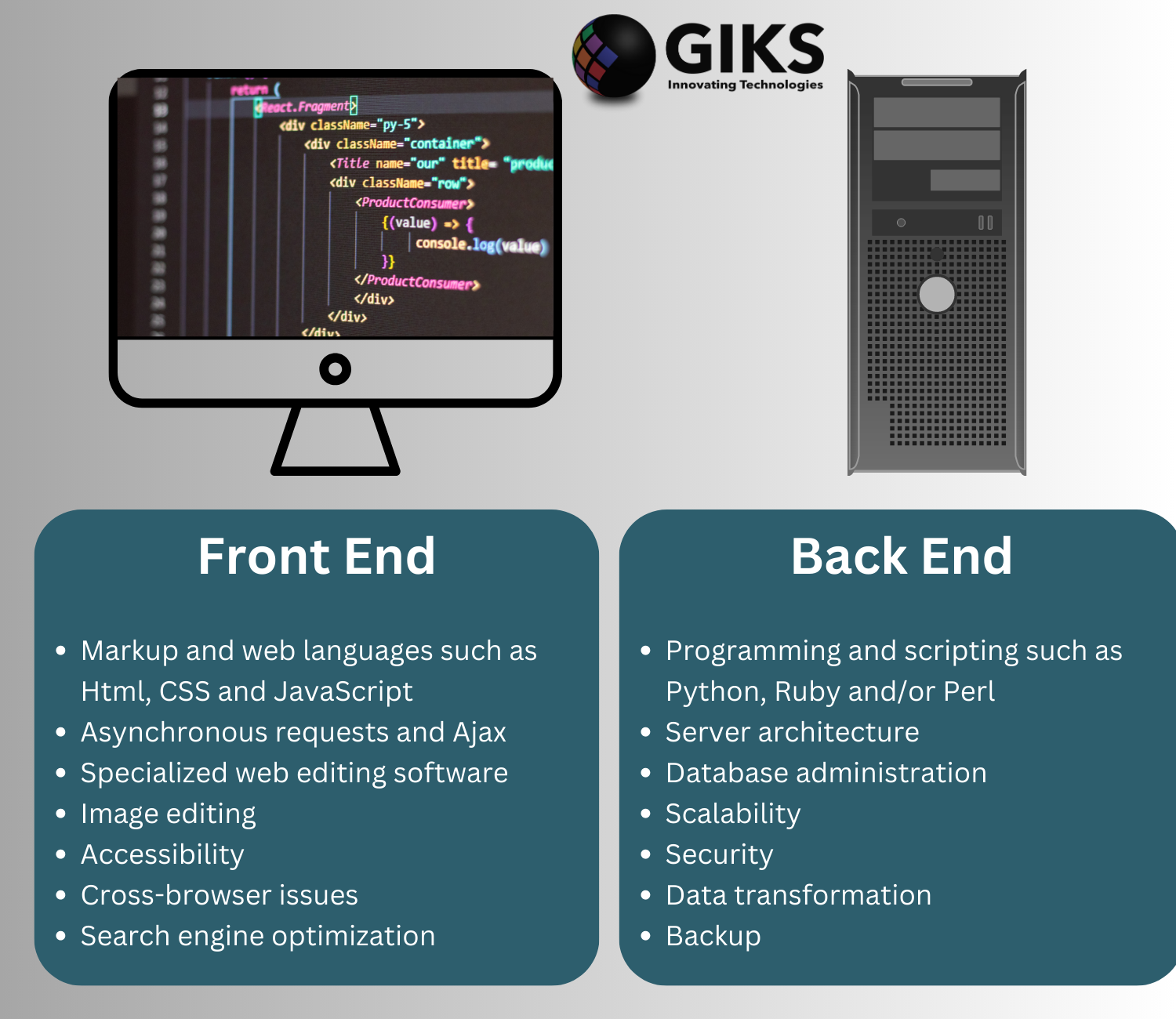Introduction:
In the digital age, having a visually appealing and user-friendly ecommerce website is crucial for the success of your online business. A well-designed ecommerce site can attract, engage, and convert visitors into loyal customers. In this comprehensive guide, we will explore the key principles and best practices for creating an exceptional ecommerce website design that drives sales and enhances the overall customer experience.

1. Understand Your Target Audience
Before diving into design, it's essential to have a deep understanding of your target audience. Who are your potential customers? What are their preferences, needs, and pain points? Conduct thorough market research and gather data to create buyer personas. Tailor your website design to appeal to these personas, ensuring that your site resonates with your ideal customers.
2. Clean and Intuitive Layout
Simplicity is key in ecommerce website design. A cluttered and confusing layout can drive visitors away. Opt for a clean and intuitive design that guides users through their shopping journey seamlessly. Use clear navigation menus, prominent search bars, and easy-to-find product categories to help visitors find what they're looking for quickly.
3. Mobile Responsiveness
With a significant portion of online shopping taking place on mobile devices, your ecommerce website must be fully responsive. Ensure that your site looks and functions well on various screen sizes and devices. Mobile optimization isn't just a nice-to-have; it's a necessity for capturing mobile shoppers.
4. High-Quality Imagery
Images are the heart of ecommerce. Invest in high-quality product images that showcase your products from multiple angles. Include zoom functionality and high-resolution images to allow customers to examine products in detail. Images should accurately represent the product and create a strong visual appeal.
5. User-Friendly Navigation
Effective navigation is essential for guiding users through your website. Implement clear and consistent menu structures, breadcrumb trails, and filters to help users refine their product searches. Display related products and recommendations to encourage exploration and upselling.
6. Trust Signals
Building trust is crucial for ecommerce success. Display trust signals such as customer reviews, security badges, and transparent return policies prominently on your website. These elements reassure customers and encourage them to make purchases.
7. Seamless Checkout Process
A streamlined checkout process is vital for reducing cart abandonment rates. Implement a one-page or multi-step checkout process, and offer guest checkout options to minimize friction. Display progress indicators and provide clear instructions at each stage of the checkout.
8. Fast Loading Speed
Slow-loading websites frustrate users and can lead to higher bounce rates. Optimize your ecommerce site for speed by compressing images, minimizing HTTP requests, and utilizing content delivery networks (CDNs). A fast website not only improves user experience but also boosts SEO rankings.
9. Integration with Payment Gateways
Ensure that your ecommerce website seamlessly integrates with popular payment gateways. Offer a variety of payment options to cater to a broader audience, including credit/debit cards, digital wallets, and alternative payment methods.
10. Ongoing Testing and Optimization
Ecommerce website design is not a one-time task; it's an ongoing process. Continuously monitor user behavior through analytics tools and conduct A/B testing to identify areas for improvement. Make data-driven decisions to optimize your website's performance and user experience.
Conclusion:
In conclusion, a well-designed ecommerce website is the cornerstone of online retail success. By understanding your audience, creating an intuitive layout, optimizing for mobile, and focusing on factors like imagery, navigation, and trust, you can build a website that not only attracts visitors but also converts them into loyal customers. Remember that ecommerce website design is an evolving process, so stay committed to continuous improvement to stay competitive in the ever-changing digital landscape.




